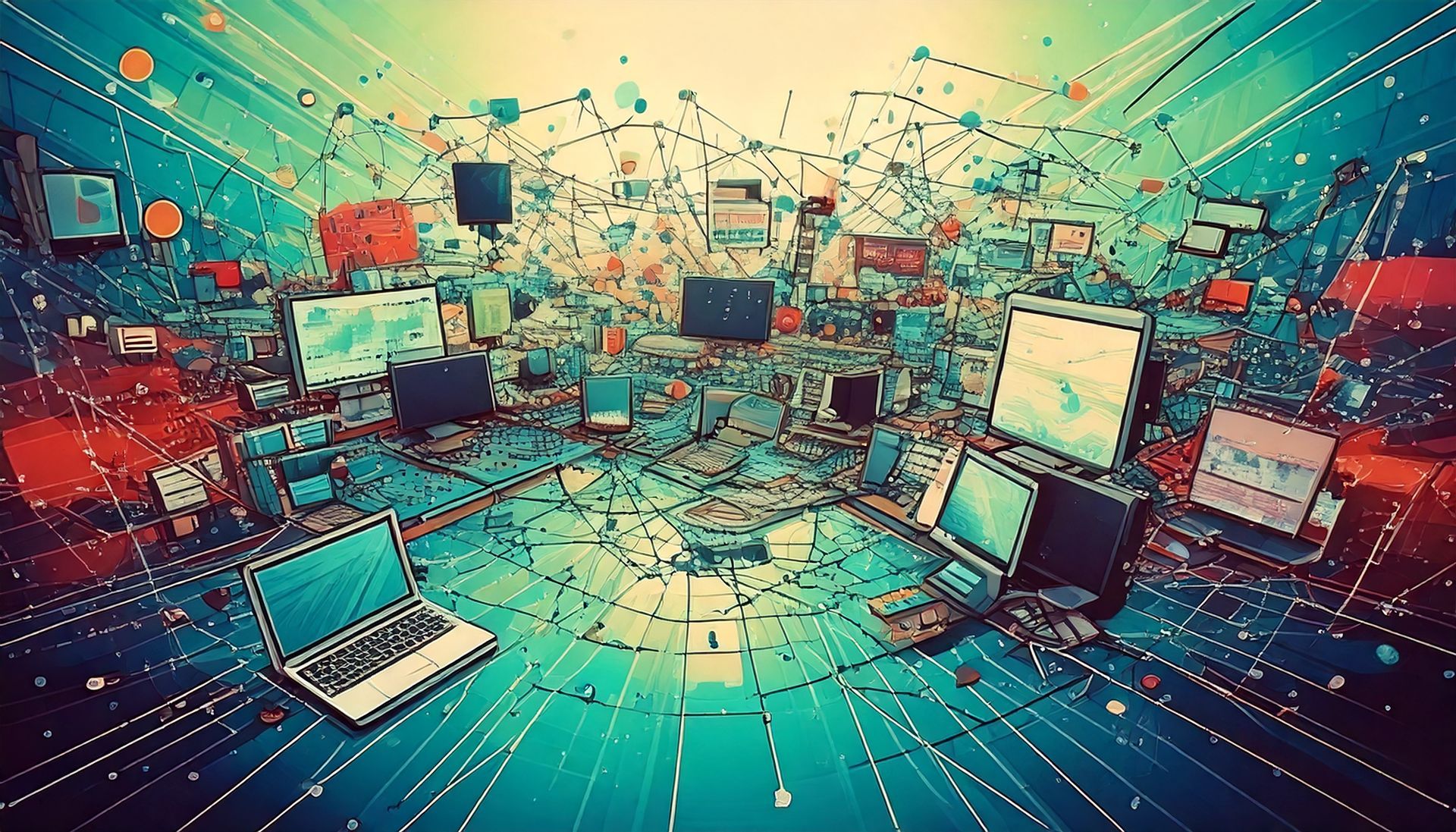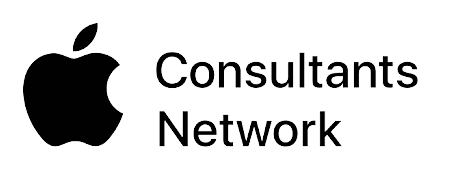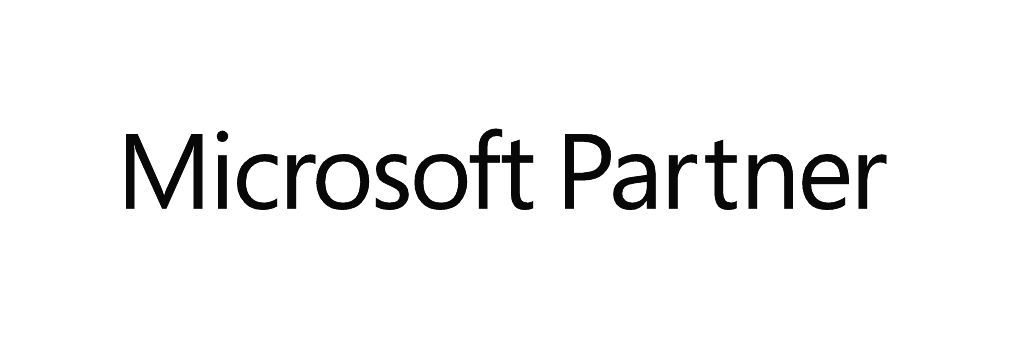Mastering Device Management
The Key to Modern IT Infrastructure
In today's digital landscape, effective device management has become a cornerstone of successful IT operations. At Kaizen IT, we understand that organisations face increasingly complex challenges when it comes to managing their device ecosystem. This blog post explores the essential aspects of device management and how implementing a comprehensive strategy can transform your IT infrastructure.

Understanding Device Management
Device management encompasses the administration, provisioning, and security of an organisation's hardware assets. These may include desktop computers, laptops, smartphones, tablets, and other endpoint devices that connect to your network. As workforces become more distributed and mobile, the importance of robust device management practices has never been greater.
The Core Components of Device Management
1. Inventory and Asset Tracking
The foundation of effective device management is maintaining an accurate inventory of all devices within your organisation. This includes:
- Hardware specifications and configurations
- Software installations and versions
- Device location and assignment
- Warranty and service information
With comprehensive asset tracking, IT teams can make informed decisions about resource allocation, upgrades, and replacements.

2. Software Distribution and Updates
Maintaining current software across all devices is crucial for both functionality and security. A robust device management solution allows for:
- Centralised software deployment
- Automated patch management
- Application version control
- Licence compliance monitoring
3. Security and Compliance
With cybersecurity threats constantly evolving, device management plays a vital role in maintaining your organisation's security posture:
- Enforcement of security policies
- Remote device encryption
- Access control implementation
- Compliance with industry regulations
4. Remote Support and Troubleshooting
The ability to provide technical support regardless of device location is essential in today's hybrid work environments:
- Remote desktop access
- Diagnostic tools and monitoring
- Issue resolution without physical access
- Proactive system health monitoring

Benefits of Implementing Strategic Device Management
Cost Optimisation
Effective device management leads to significant cost savings through:
- Extended device lifecycles
- Reduced downtime
- Optimised IT resource allocation
- Improved procurement planning
Enhanced Productivity
When devices are properly managed, employees experience:
- Faster issue resolution
- Consistent user experiences
- Reduced technical disruptions
- Seamless access to necessary resources
Strengthened Security
A comprehensive device management strategy enhances your security posture by:
- Minimising vulnerability windows
- Enforcing consistent security protocols
- Enabling rapid response to security incidents
- Providing detailed audit capabilities

Kaizen IT's Approach to Device Management
At Kaizen IT, we believe in continuous improvement—the essence of "Kaizen"—in all aspects of IT management. Our device management solutions are designed with this philosophy at their core, offering:
- Customised strategies tailored to your organisational needs
- Scalable solutions that grow with your business
- Integration with your existing IT infrastructure
- Ongoing optimisation and refinement
Conclusion
Effective device management is no longer optional for organisations seeking to maintain competitive advantage, security, and operational efficiency. By implementing a comprehensive device management strategy, businesses can reduce costs, enhance security, and empower their workforce with reliable technology tools.
At Kaizen IT, we're committed to helping organisations navigate the complexities of modern device management. Contact our team today to discover how our tailored device management solutions can transform your IT operations and support your business objectives.



